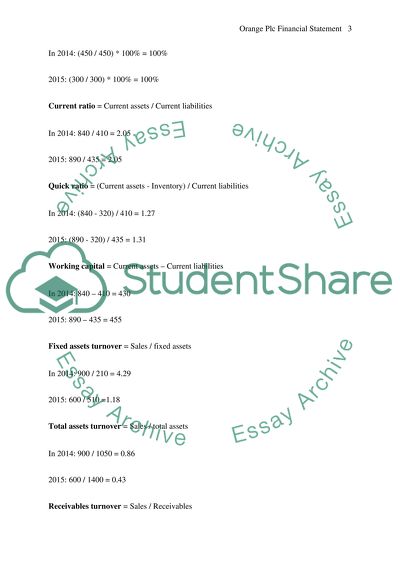Cite this document
(“Orange plc Financial Statement Coursework Example | Topics and Well Written Essays - 2000 words”, n.d.)
Orange plc Financial Statement Coursework Example | Topics and Well Written Essays - 2000 words. Retrieved from https://studentshare.org/finance-accounting/1694895-orange-plc-financial-statement
Orange plc Financial Statement Coursework Example | Topics and Well Written Essays - 2000 words. Retrieved from https://studentshare.org/finance-accounting/1694895-orange-plc-financial-statement
(Orange Plc Financial Statement Coursework Example | Topics and Well Written Essays - 2000 Words)
Orange Plc Financial Statement Coursework Example | Topics and Well Written Essays - 2000 Words. https://studentshare.org/finance-accounting/1694895-orange-plc-financial-statement.
Orange Plc Financial Statement Coursework Example | Topics and Well Written Essays - 2000 Words. https://studentshare.org/finance-accounting/1694895-orange-plc-financial-statement.
“Orange Plc Financial Statement Coursework Example | Topics and Well Written Essays - 2000 Words”, n.d. https://studentshare.org/finance-accounting/1694895-orange-plc-financial-statement.


